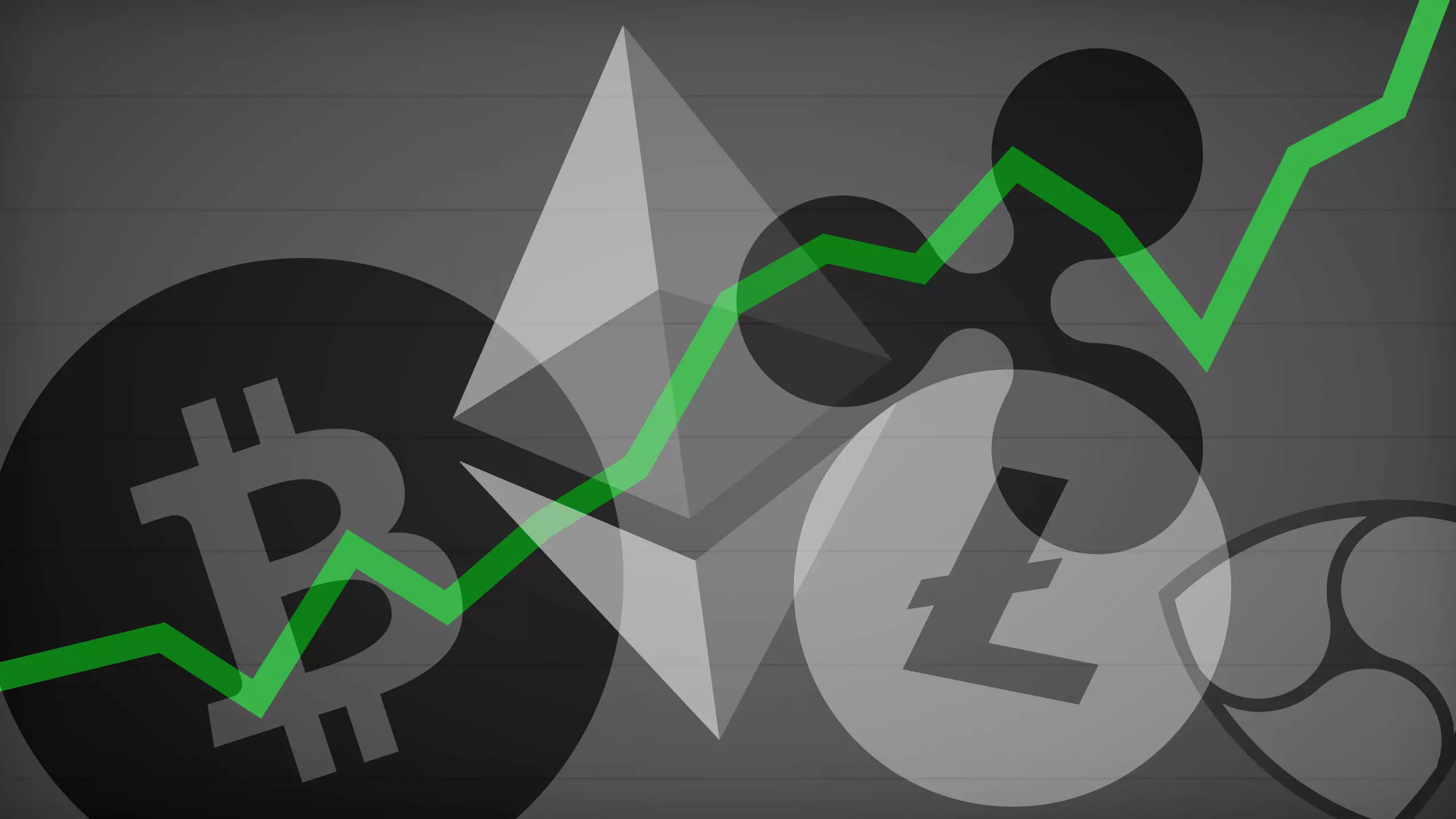Cryptocurrency has become a popular investment choice. Many people are looking to make money from it, but a common question is: how long will it take to get a return on investment (ROI)? The answer isn’t straightforward. There are many factors that affect how quickly you can see returns. Let’s dive into what you need to know.

Content
What Is ROI in Cryptocurrency?
First, let’s clarify what ROI means. ROI stands for “return on investment.” It measures how much profit or loss you make compared to the money you invested. For example, if you invest $1,000 and make a $200 profit, your ROI is 20%.
In the world of cryptocurrency, ROI can fluctuate rapidly. Unlike traditional investments like stocks or real estate, crypto prices can change dramatically in a short time. This is both exciting and risky.
Factors That Affect How Long It Takes to Get ROI
1. The Type of Cryptocurrency
Different cryptocurrencies have different levels of volatility. Bitcoin, for example, is more stable than smaller, lesser-known coins. It might take longer to get your ROI with Bitcoin because it doesn’t experience the same massive price swings that newer coins often do.
On the other hand, investing in smaller coins, known as altcoins, could lead to quicker returns but with higher risk. These coins can either skyrocket in price or plummet in value in a short time.
2. Market Conditions
Market conditions play a major role in how long it takes to get your ROI. If the market is in a bull run (when prices are rising), you might see quick returns. For example, during the 2021 bull run, Bitcoin reached record highs, and many investors saw massive gains in a short period.
However, if the market is in a bear phase (when prices are falling), it might take much longer to see any returns. In fact, your investment could even drop in value before it starts to recover.
3. Your Investment Strategy
How you approach investing can also determine how long it will take to get your ROI. Are you a short-term trader or a long-term holder?
- Short-term traders aim to buy and sell quickly, taking advantage of small price changes. If you’re successful, this can lead to fast returns. However, it’s also risky. You could end up losing money if the market moves against you.
- Long-term holders (often called “HODLers”) buy cryptocurrency and hold it for months or even years. This strategy may take longer to yield returns, but it’s often safer because it allows the market to recover from short-term fluctuations.
4. Amount of Investment
The size of your investment can also impact how fast you see returns. If you invest a larger amount, even a small percentage gain can lead to a noticeable ROI. For example, a 5% gain on a $10,000 investment is $500, while the same 5% gain on a $100 investment is just $5.
However, larger investments also come with greater risk. You could lose more if the market turns against you.
5. Transaction Fees
Cryptocurrency transactions often come with fees. Whether you’re buying, selling, or transferring funds, these fees can eat into your potential profits.
If you’re making many small trades, transaction fees can reduce your overall ROI. It’s important to factor in these costs when calculating how long it will take to reach profitability.
How to Calculate Your Potential ROI
Calculating your ROI in cryptocurrency is simple. The basic formula is:
ROI = (Current Value of Investment – Initial Investment) / Initial Investment x 100
For example, if you invested $1,000 in Bitcoin, and now it’s worth $1,500:
ROI = ($1,500 – $1,000) / $1,000 x 100 = 50%
This means you have made a 50% return on your investment.
But remember, crypto prices can change fast. A 50% ROI today could drop or rise tomorrow, depending on the market.
When Can You Expect to See Returns?
The timeframe for seeing ROI in cryptocurrency varies. Here are some general scenarios:
- Short-term (days to weeks): Traders who are constantly buying and selling can see quick returns. However, this is risky and requires a deep understanding of market trends.
- Medium-term (months): For investors in well-established coins like Bitcoin or Ethereum, seeing ROI within a few months is possible, especially during a bull market. But this isn’t guaranteed.
- Long-term (years): If you’re holding your crypto for the long term, it could take years to see significant returns. Historically, Bitcoin has gone through cycles of rising and falling, but it has shown long-term growth over the past decade.
Reducing Risk for Better ROI
Cryptocurrency can be a high-risk investment, but there are ways to reduce that risk and improve your chances of seeing a good ROI.
1. Diversify Your Portfolio
Instead of putting all your money into one coin, spread it across several different cryptocurrencies. This way, if one coin drops in value, you have other assets to balance it out. Diversification helps reduce the risk of losing your entire investment.
2. Do Your Research
Don’t just invest in a coin because it’s trending. Take the time to research the technology behind it, the team developing it, and the market demand. Well-researched investments are more likely to yield better ROI in the long term.
3. Set Realistic Goals
It’s easy to get caught up in stories of people making huge profits overnight. But not every investment will result in quick gains. Set realistic ROI goals based on your risk tolerance and financial situation.
For example, aiming for a 10% or 20% ROI over several months is more realistic than expecting to double your money in a week.
4. Stay Updated
The crypto market is constantly evolving. New regulations, technology updates, or even social media buzz can impact prices. Staying informed about what’s happening in the market can help you make smarter investment decisions and increase your chances of seeing a good ROI.
Conclusion
There’s no fixed timeline for getting ROI in cryptocurrency. It could take days, months, or even years, depending on factors like market conditions, the type of cryptocurrency, and your investment strategy. While crypto offers the potential for high returns, it also comes with significant risks.
If you’re looking to invest in cryptocurrency, make sure to do your research, diversify your investments, and set realistic goals. With patience and the right strategy, you can improve your chances of seeing a positive ROI.

Wesley has been a crypto enthusiast for a year. He’s an avid watcher of all the latest developments in the space, and enjoys predicting what will happen next with his favorite coins.
He lives in his hometown of New York City with his wife and two sons. His hobbies include watching movies, playing basketball, and reading about how to survive disasters that may occur from climate change or an asteroid impact!












